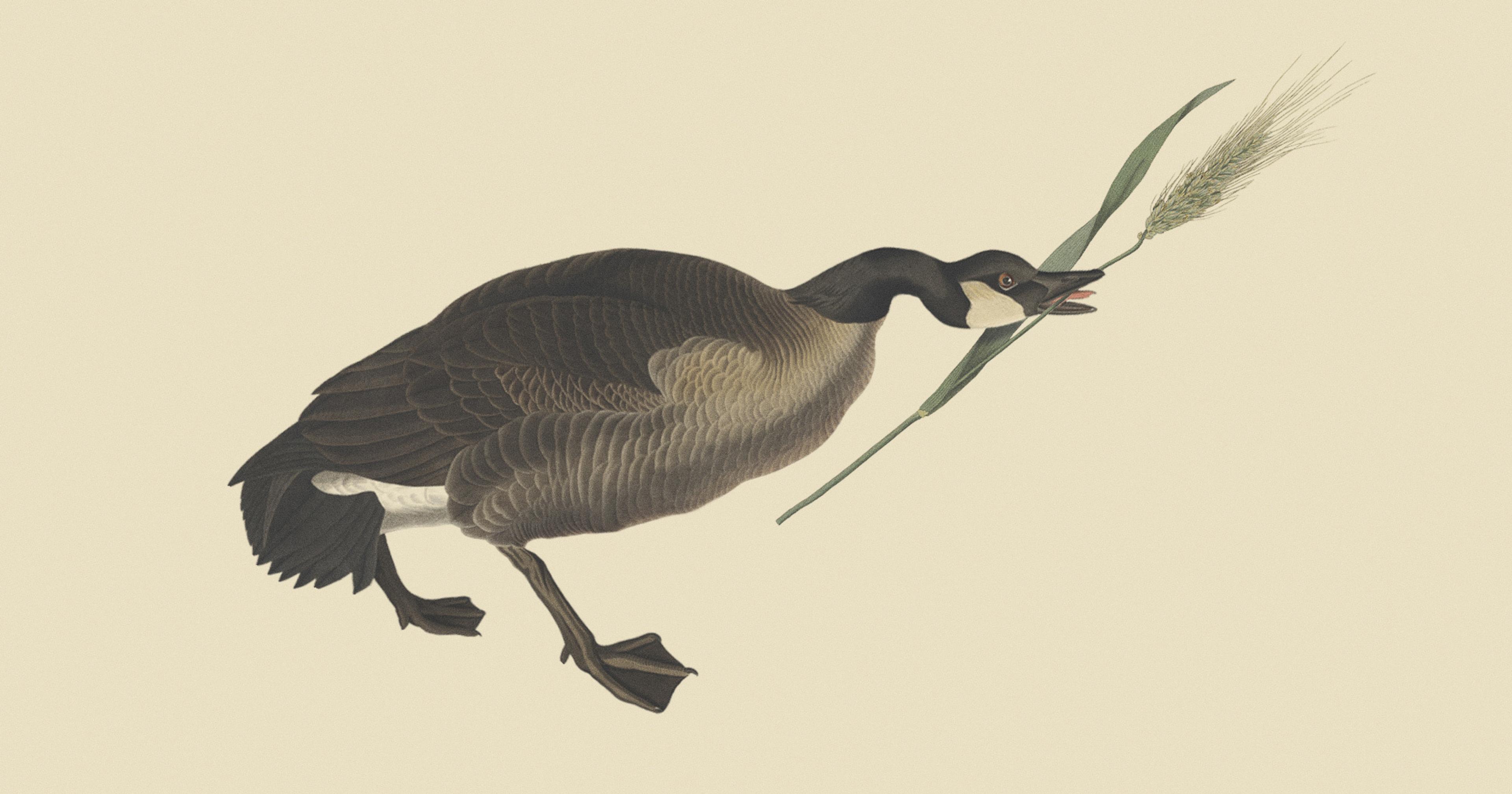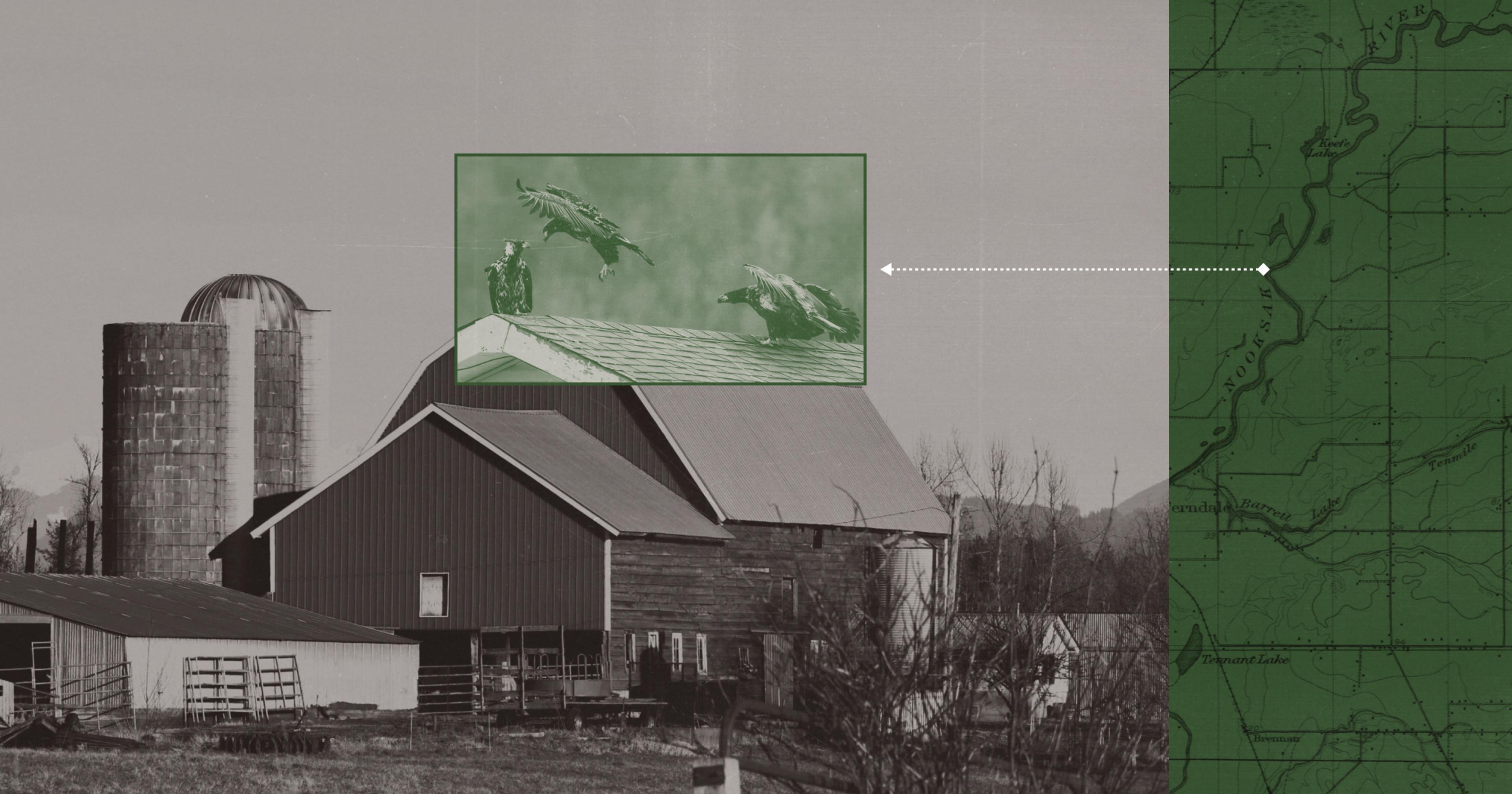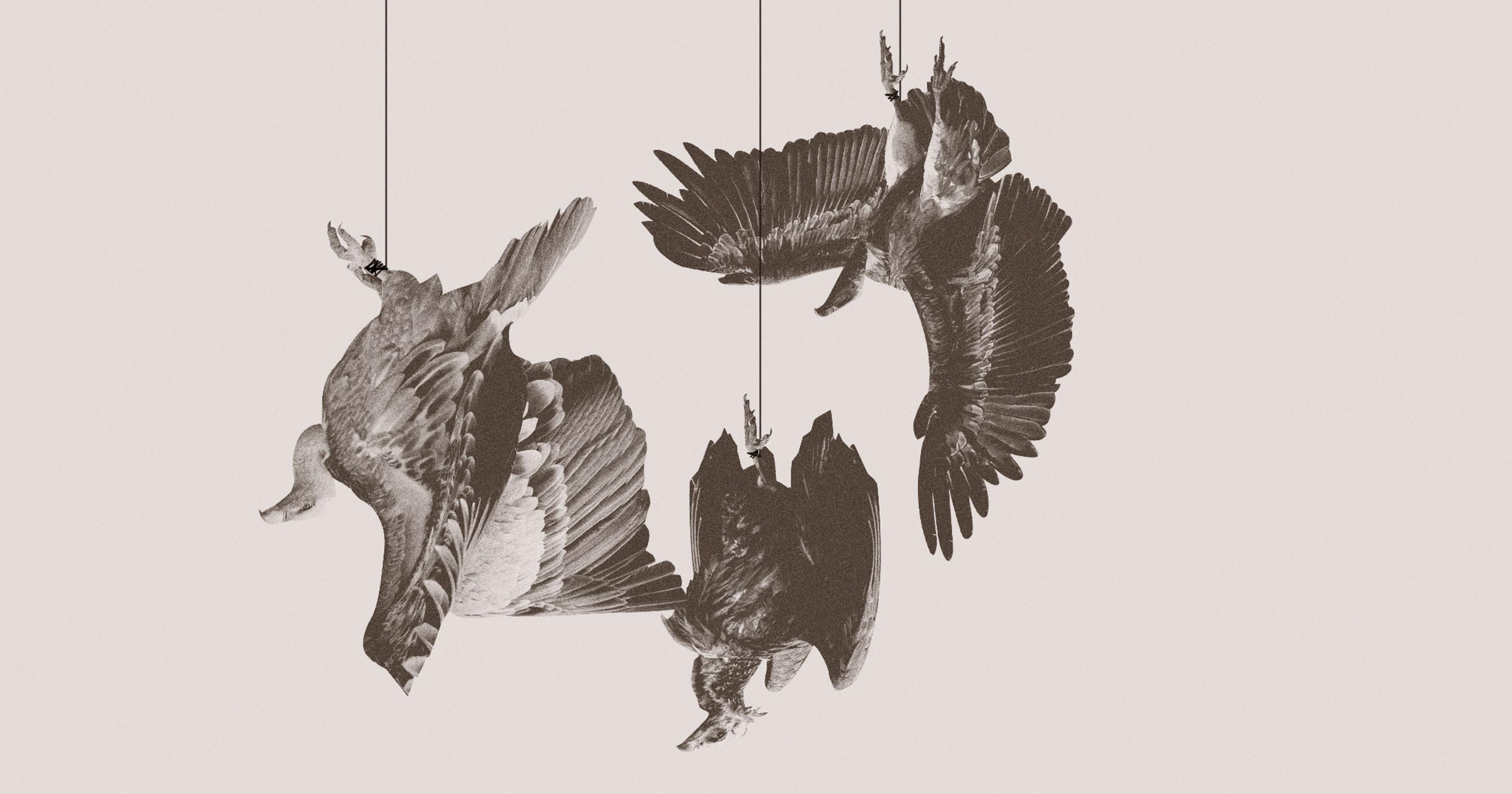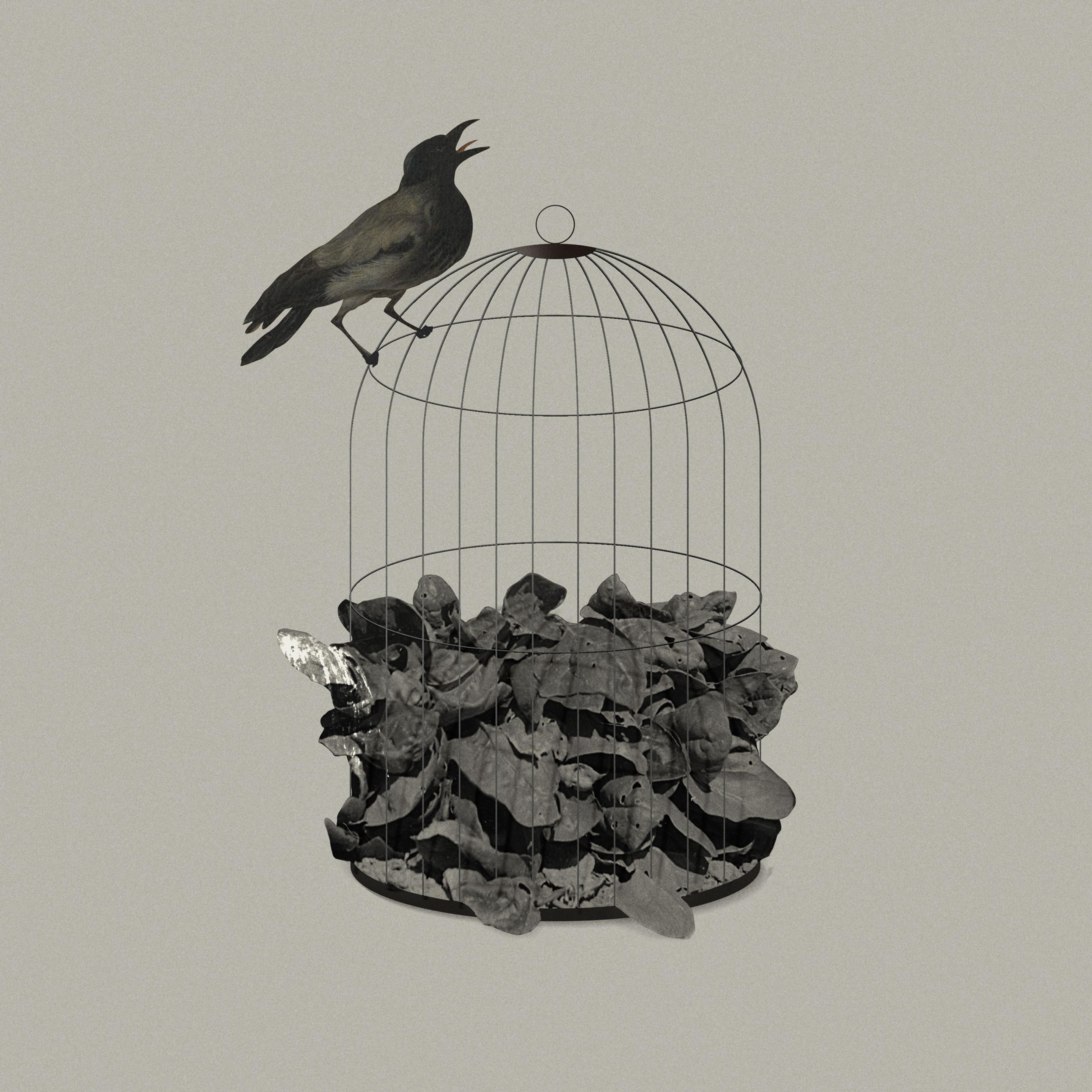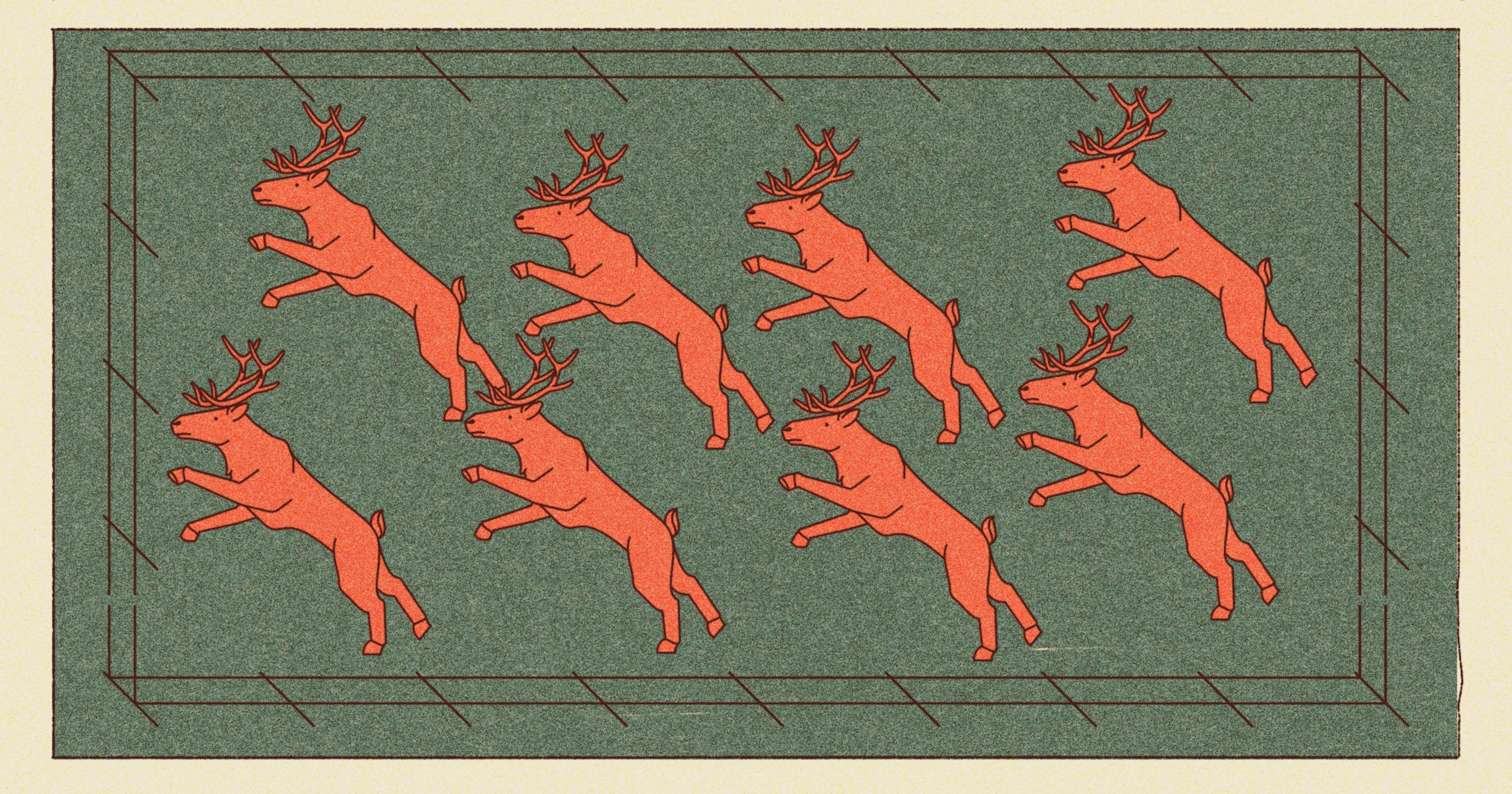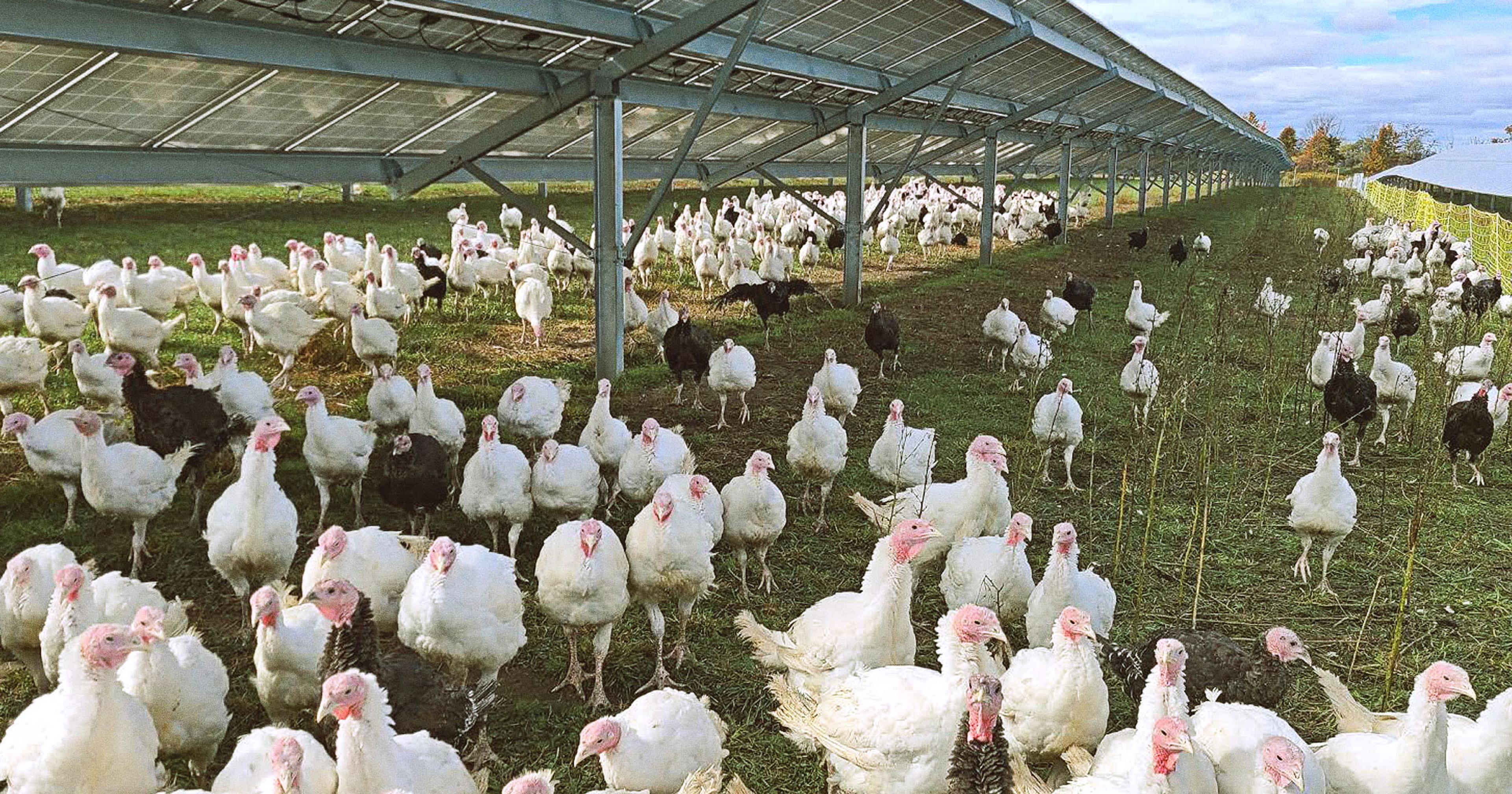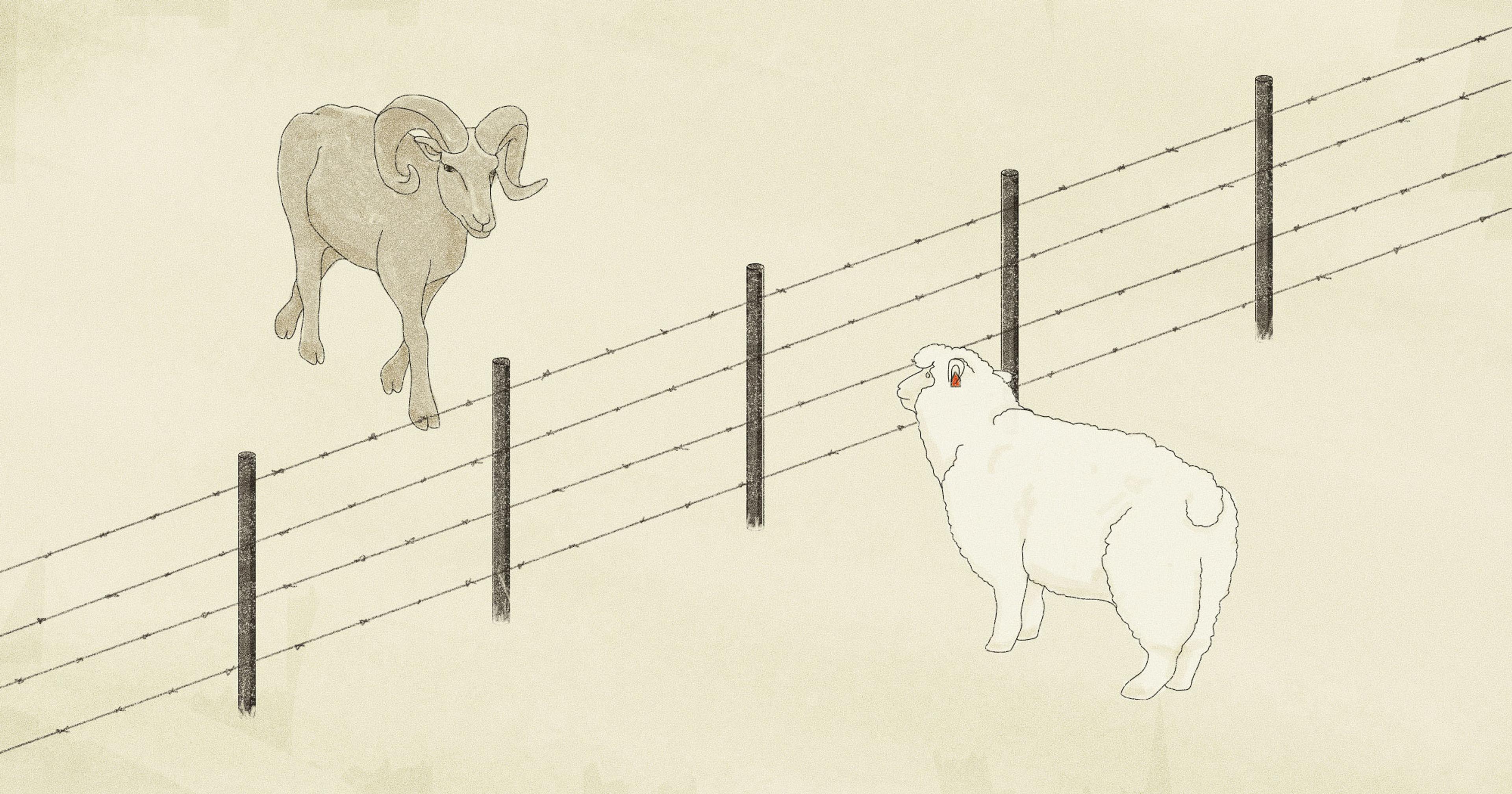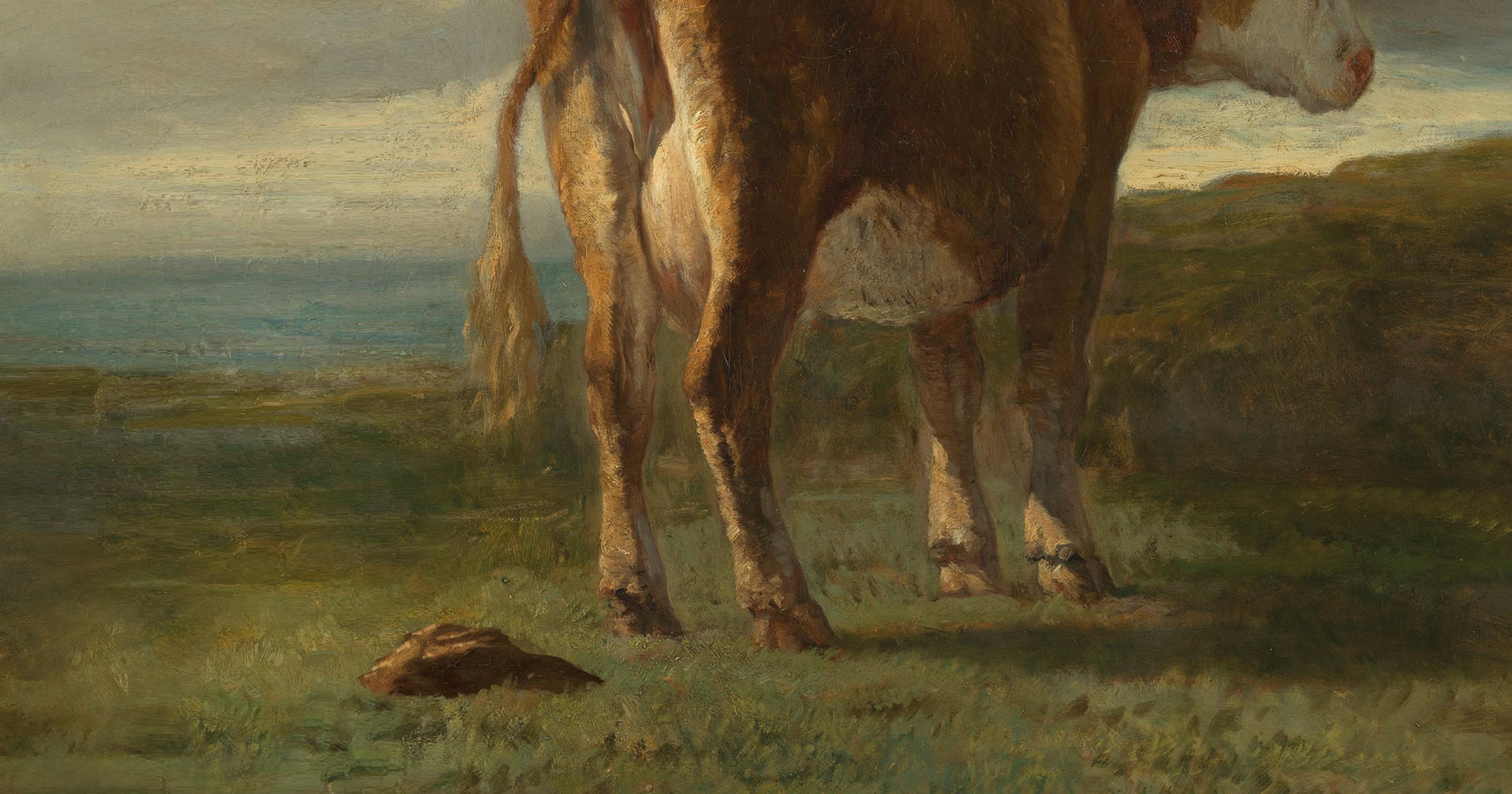Why the overabundance of Canada geese are causing environmental, health, and crop issues far and wide.
Whether you’re in the country, city, or suburbs, chances are you’ll see a flock of Canada geese. Found widely throughout North America, these birds are everywhere — from the Gulf of Mexico to the Canadian Arctic, spanning all flyways between the Atlantic and Pacific. That’s because they’re an adaptable species. In fact, their global breeding population is estimated at 7.6 million, according to Partners in Flight, and the species has experienced a continual uptick in numbers since the North American Breeding Bird Survey began in 1966.
Canada geese are native to North America and, in the early 1900s, the loss of habitat and unregulated hunting led to a massive decline in numbers. As a result, the U.S. Fish and Wildlife Service (USFWS) ran large-scale conservation and reintroduction programs in the 1960s and 1970s that brought numbers back into a sustainable range.
However, while thousands migrate each year, flying in their trademark V formation between summer and winter ranges, the number of resident Canada geese — aka non-migratory — has increased — and is the cause of many geese-related problems. Thanks to mild winters and urban adaptation, you’ll spot many geese congregating in areas with abundant lawns, golf courses, and parks since these areas provide easy access to both food and water.
These year-round stays are now causing public nuisance complaints, agricultural damage, and ecological impacts. Further, the abundance of geese — and the abundance of goose poop — is infiltrating waterways used for agriculture, recreation (think public beaches), and drinking water, increasing the spread of disease and the worry of what that means for public and animal health.
“Canada geese have long been known to be potential spreaders of campylobacter — which is a bacteria that causes dysentery kind of illnesses — Cryptosporidium, giardia and salmonella,” said Tom Langen, biology professor and associate dean of the Lewis School of Health & Life Sciences at Clarkson University.
They’re also known carriers of Highly Pathogenic Avian Influenza (HPAI), aka avian flu, infecting other birds and animals (like these Nevada dairy cows) that come into contact with infected saliva, nasal discharges, and/or feces.
“The 2016 outbreak in North America and the current outbreak in North America were brought by migratory birds,” said Langen, noting that waterfowl like Canada geese, mallards, and widgets seem to be the primary carriers.
What Is It About This Species (and Their Feces)?
If the average goose consumes about four pounds of grass per day, resulting in roughly three pounds of fecal matter, think about how many pounds an entire flock produces. Further, that fecal matter contains 76% carbon, 4.4% nitrogen, and 1.3% phosphorus, which can lead to algal blooms and excessive plant growth in lakes.
And how long geese feces lasts in the environment is “still an area of research,” according to Langen. On land, it can take geese feces about a month to break down and disappear, but the residual bacteria and parasites can survive for several weeks, depending on the weather. Near water, it can last for weeks, said Langen, fermenting into the perfect bacterial cocktail for anyone who comes in contact with it.
In Michigan, where geese congregate along the shores of the Great Lakes as well as other waterways, causing months-long closures of public beaches and lakes, a network of labs called the Michigan Network for Environmental Health and Technology test beach water regularly for “fecal contamination and genetic makers of hosts that contribute to the contamination,” according to Shannon Briggs, a toxicologist with the Michigan Department of Environment, Great Lakes, and Energy.
While Langen notes that there’s “a lot of uncertainty in the literature” about the frequency of the bacteria carried by Canada geese affecting humans, he acknowledged, “It’s pretty clear that Canada geese are a source of at least some of these waterborne microbes that cause illness.”
Beyond the Poop: Crop Damage
But it’s not just the abundance of goose poop infiltrating waterways. Across farm fields, geese also create excessive damage to agricultural fields and crop production — with the unfortunate bonus of leaving residual feces behind. That’s due to their feeding habits, which include grazing on grass and grains, and their constant foraging and flocking causing significant damage to crops and cropland. Canada geese, specifically, will graze on seeds, young sprouts, and full plants, resulting in halted growth that can lead to disrupted crop production — and an economic loss for the farmer.
In a 2025 paper published in the journal Agriculture, Ecosystems & Environment, researchers discovered that fields used for livestock feed productions like pastures were most popular among geese in spring and summer. Post-harvest fields were selected in fall and winter, and cereal crops were generally selected in both winter and spring as good food sources for geese.
Potential solutions for “reducing goose grazing and potential damage to growing crops” was to “leave harvest residues in untilled fields for as long as possible” in both the fall and early winter. Another suggestion was to sow in the spring instead of the fall, which could reduce grazing “specifically on cereals during winter and early spring.” The bottom line: With the abundance of geese — and their ability to traverse multiple regions and seasons — reducing crop risk damage is an ongoing issue that has to be tailored to the specific type of goose, region, and season.
Getting Rid of Problem Geese
In California, one community is focusing on non-lethal Canada goose population control. Foster City is home to a steadily resident population that causes overgrazing, excessive fecal accumulations, aggressive nesting behavior, and pose both a health and safety hazard. To combat that, the city is planning a $400,000 pilot project that will use drones, dogs, and lasers to haze the birds away.
Scare tactics may work as well, particularly in agricultural fields where a kite, scarecrow ,or inflatable man can be employed, though researchers noted in a 2024 study published in the journal Crop Protection that “since geese continue to graze during scaring, we conclude that scaring alone is not a final solution to mitigate crop damage.”
In Michigan, according to Briggs, the state has adjusted landscaping to deter geese from staying in the area by planting dense, native vegetation like coneflowers that create a visual barrier while also creating a native buffer strip that benefits shoreline health and reduces mowing.
Langen points to man’s best friend as a potential deterrent to overly-comfortable geese.
“These birds learn,” noted Langen. “They habituate to things that aren’t scary, or that don’t do harm. You can’t put out a statue or a model of somebody with a shotgun and have them permanently deterred. Noises and poppers don’t work very well either. They eventually get used to those. But a dog, a barking dog that’s chasing, that works.”
“These birds learn. They habituate to things that aren’t scary, or that don’t do harm. You can’t put out a statue or a model of somebody with a shotgun and have them permanently deterred.“
Of course, not all areas approach managing geese populations with nonlethal measures. Cities across North America have held Canada geese culls, with Windsor, Ontario, recently making headlines after obtaining a permit and hiring an independent contractor to round up 150 goose eggs and destroy their nests.
Lethal measures are often a last resort when it comes to depopulating popular geese areas. There is typically controversy that surrounds culling large numbers of wildlife — even if the culled geese are repurposed for a good reason like when Denver worked with the U.S. Department of Agriculture (USDA) in 2019 and 2020, killing more than 2,000 birds and donating the processed meat to local charities serving hungry families.
To move forward with lethal removal, a city or municipality is required to obtain a federal permit after registering for the Resident Canada Goose Nuisance Control Program or applying for a Migratory Bird Depredation Permit through the USFWS. The permit, which involves getting technical assistance from the USDA, allows for destroying nests and eggs and culling birds — after documenting geese are causing harm to human health, property, or agriculture.
Of course, there’s always hunters to help manage Canada geese populations. Across the U.S., an average of 1,853,192 Canada geese were harvested in the U.S. during the 2019 through 2022 hunting seasons, according to Ducks Unlimited. And yet the population continues to grow.

